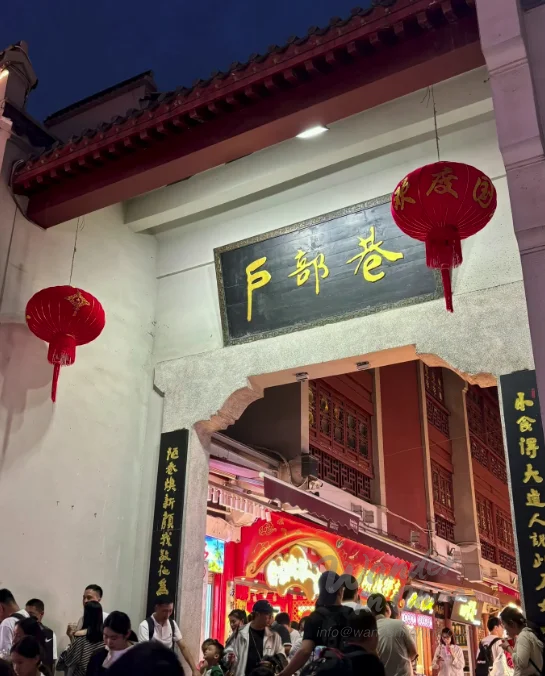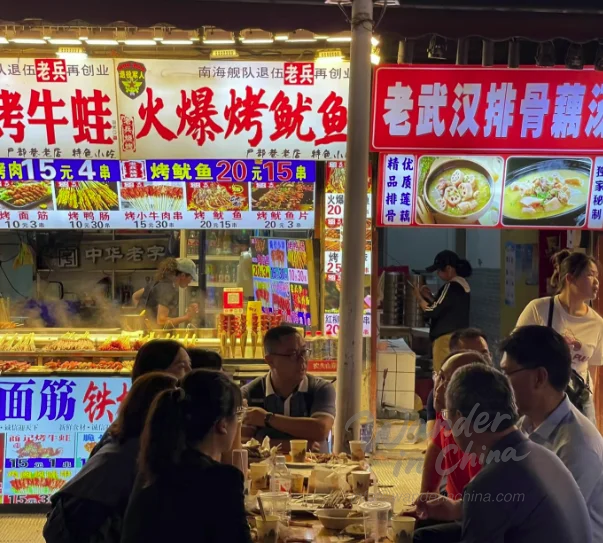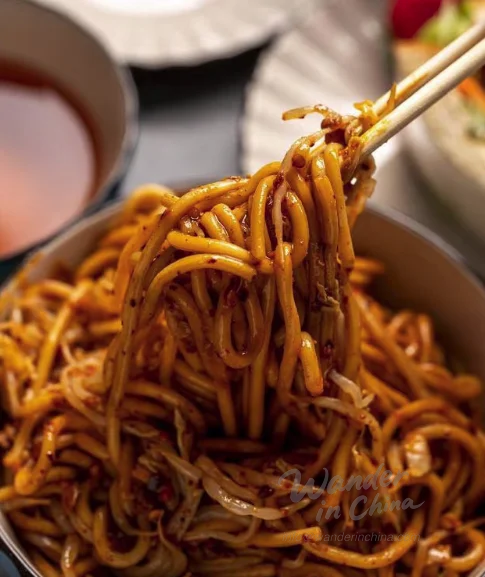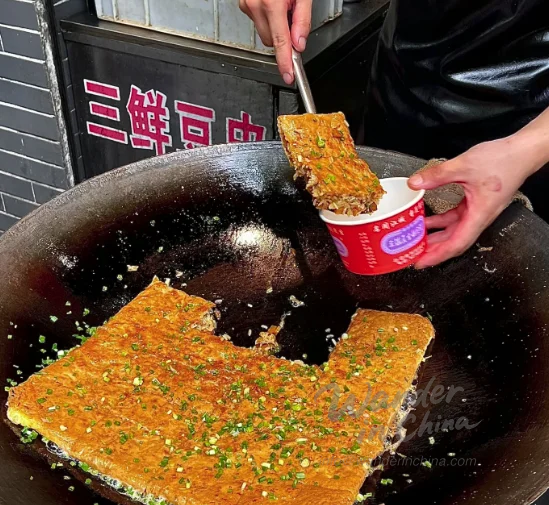Hubu Alley Wuhan: A Foodie's Guide to Wuhan's Best Street Food

Hubu Alley, located in Wuhan, China, is a vibrant and bustling street food paradise, drawing locals and tourists alike. This historic alley offers an authentic taste of Wuhan’s culinary scene, packed with vendors serving up delicious and diverse snacks. If you’re looking for the best food Hubu Alley has to offer, prepare for a sensory overload of sights, smells, and, most importantly, flavors.
History and Significance as a Food Street
Hubu Alley boasts a rich history, dating back to the Ming Dynasty. Originally a hub for merchants and traders, it gradually evolved into a culinary center. The name “Hubu” refers to the Ministry of Revenue in ancient China, suggesting the area’s historical importance for commerce and trade. Over time, the alley became renowned for its diverse range of street food, reflecting Wuhan’s unique culinary heritage. Today, Hubu Alley stands as a testament to the city’s vibrant food culture and a must-visit destination for anyone seeking an authentic Wuhan snack street experience. For a broader understanding of Wuhan’s attractions, see our main guide to Wuhan: A City of History and Modernity – Ultimate Travel Guide.

Must-Try Street Foods
Hubu Alley is a gastronomic adventure waiting to happen. Here are some of the most iconic and delectable dishes you absolutely must try:
Re Gan Mian (Hot Dry Noodles)
No visit to Hubu Alley is complete without indulging in Re Gan Mian, or Hot Dry Noodles. This iconic Wuhan staple consists of alkaline noodles coated in a rich sesame paste sauce, complemented by pickled vegetables, chili oil, and other flavorful seasonings. The dish is known for its savory, slightly spicy, and nutty flavor profile. You can learn more about this iconic dish in our dedicated article on Re Gan Mian (Hot Dry Noodles): A Wuhan Culinary Staple.

Doupi (Savory Bean Curd)
Doupi is another must-try dish in Hubu Alley. This savory snack is made from glutinous rice, beans, and meat (usually beef or pork), pan-fried to a crispy golden brown. The combination of textures and flavors – the chewy rice, the savory meat, and the crispy exterior – makes Doupi a truly unique and satisfying treat.

Other Local Specialties
Beyond Re Gan Mian and Doupi, Hubu Alley offers a plethora of other local specialties. Be sure to sample:
- Mianwo: A savory donut made from rice and soybeans.
- Tangbao: Soup-filled dumplings that burst with flavor.
- Hot and Sour Noodles (Suan La Fen): Spicy and tangy noodles perfect for those who enjoy a kick.
- Grilled Skewers: A variety of meats and vegetables grilled to perfection.
Exploring the diverse array of stalls is part of the fun, so be adventurous and try something new! The Hubei Cuisine: A Culinary Journey Through Wuhan article provides a broader overview of the local cuisine.
Tips for Navigating Hubu Alley
To make the most of your visit to Hubu Alley, consider these tips:
Best Time to Visit
Hubu Alley is generally busiest during lunchtime and in the evenings. To avoid the biggest crowds, consider visiting during off-peak hours, such as mid-morning or mid-afternoon. Hubu Alley opening hours generally extend from morning to late evening, but individual stall hours may vary.
What to Expect
Expect a lively and crowded atmosphere. Hubu Alley is a popular destination, so be prepared to navigate through throngs of people. The alley is relatively narrow, which adds to the bustling feel. Be mindful of your belongings and comfortable shoes are recommended. Most vendors accept cash payments, so it’s a good idea to have some Renminbi (RMB) on hand. Embrace the chaos and enjoy the vibrant energy of this iconic Wuhan snack street! You might also want to consult our Wuhan Transportation Guide: Getting Around the City for travel advice.





